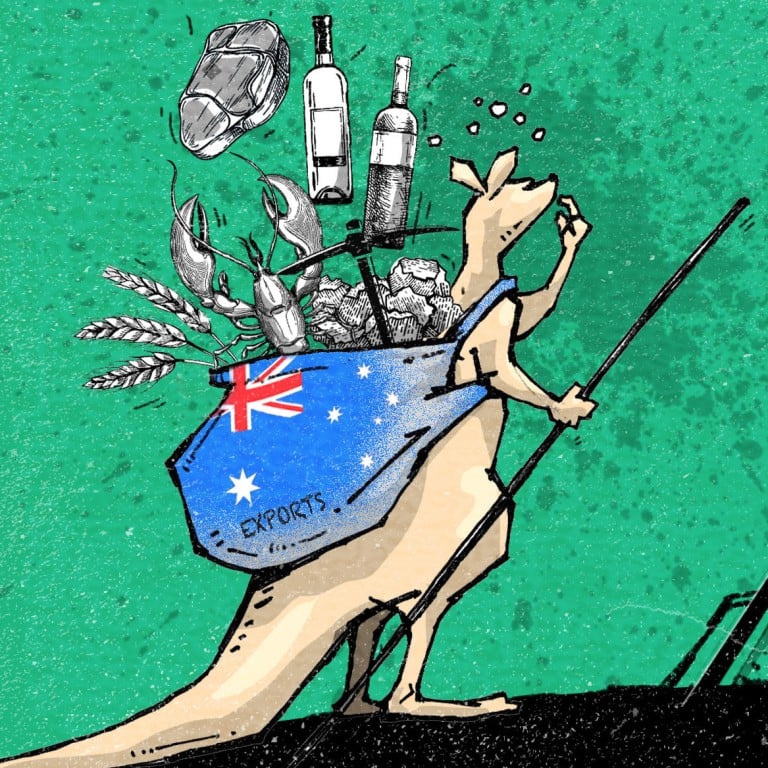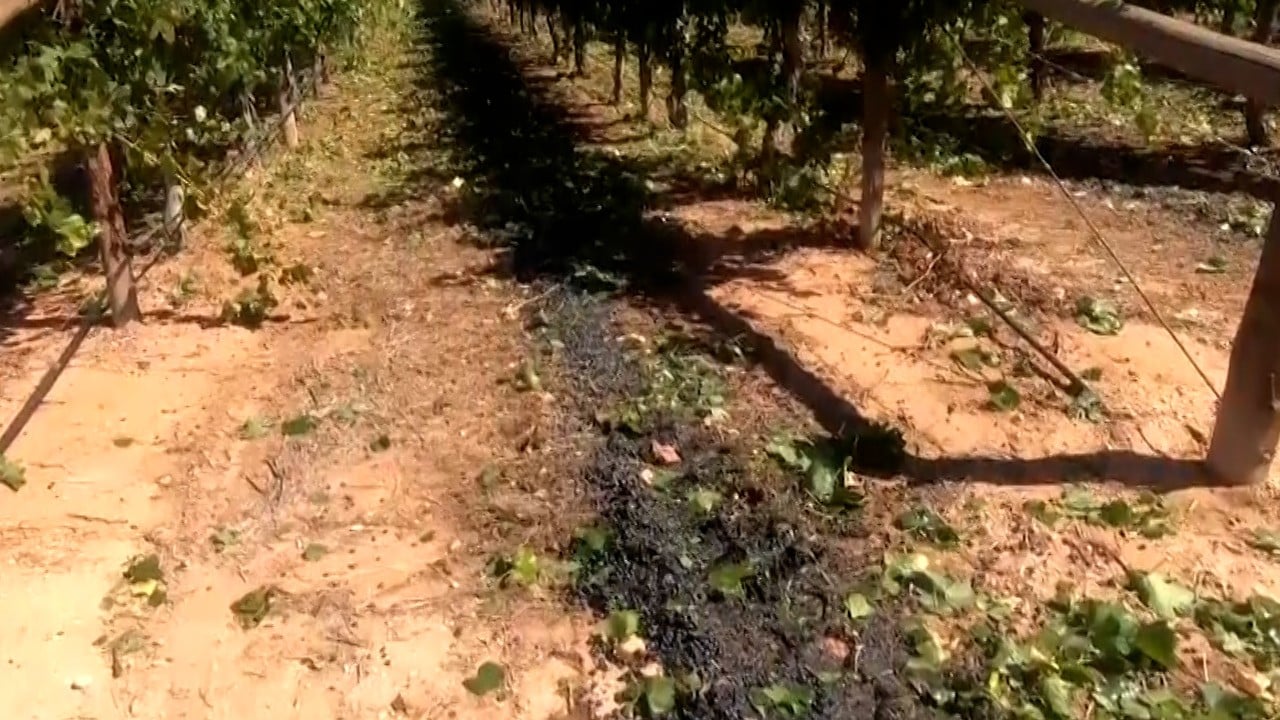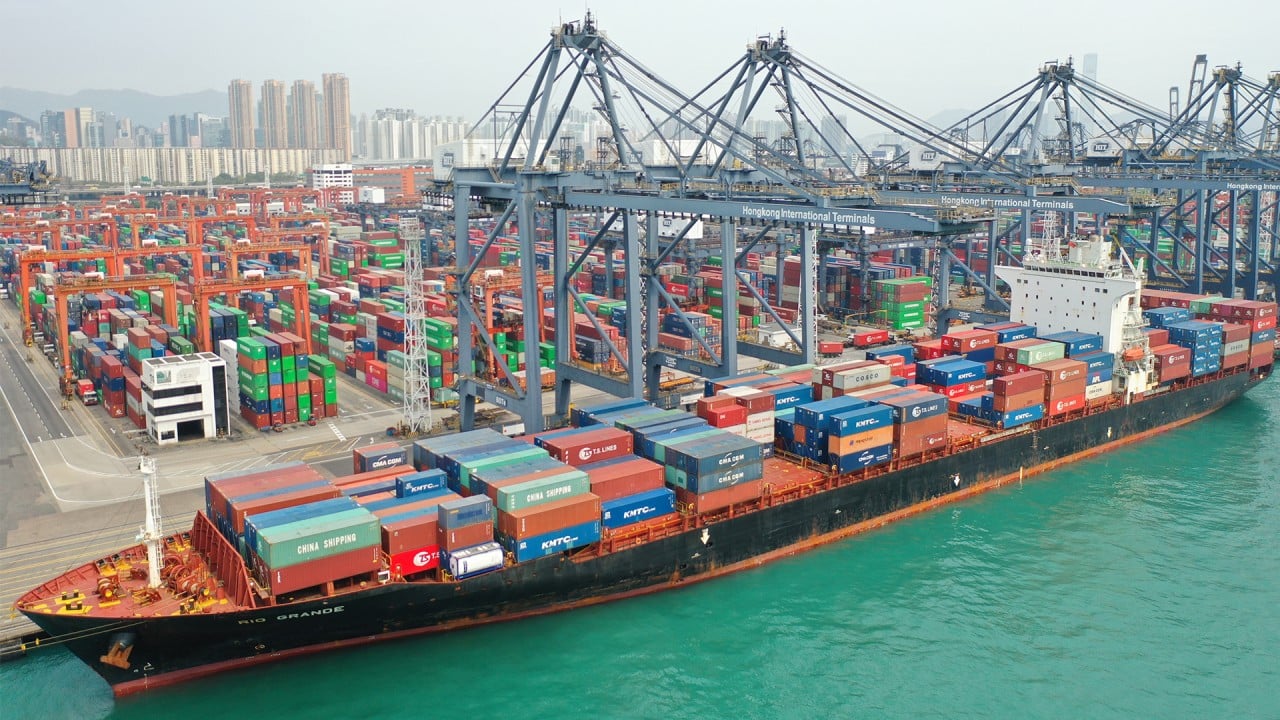
China-Australia relations: Canberra’s ‘fear of looking weak’ hints at no relief for exporters
- China has used a variety of trade and bureaucratic tools to bar the likes of Australian barley, beef, wine, lobsters and coal from entering its market since 2020
- Diplomatic relations between the two countries have remained on the rocks since, with Saturday’s election result unlikely to change Canberra’s approach to China
More than two years on, Australian producers are still feeling the lingering impact of China’s one-sided trade war.
“Fear of looking weak on China” is driving Canberra’s policy, and analysts say producers should not expect much of a respite moving forward.
“There’s a need to make clear that threatening Australian exports won’t shift Canberra’s political decision-making,” said James Laurenceson, director at the Australia-China Relations Institute at the University of Technology Sydney.
“After all, with perhaps the sole exception of Lithuania, no other country is experiencing the same degree of trade disruption with China that Australia currently is. Some might conclude from this that Beijing is singling Australia out as a demonstration to others.”
There is fairly widespread annoyance within business, not so much about the political decisions that have been adopted, but the poor diplomacy that accompanied them
“That said, there is fairly widespread annoyance within business, not so much about the political decisions that have been adopted, but the poor diplomacy that accompanied them,” added Laurenceson.
Hard-hit wine and lobster exporters have found alternative overseas markets, but diplomatic relations between the two countries have remained on the rocks since, with the latest spat over the Solomon Islands another concern for Prime Minister Scott Morrison.
What does an ex-Australian PM think is China’s ‘elephant in the room’?
Xu Yang, principal economist at the Hong Kong-based Zhongrui Fund Management, said “the China agenda” is a tool for politicians to gain social capital, which is not going to change even if a new government is elected.
“Everything the Australian government says is a political statement that’s influenced by the United States. It’s hard to see improvement in the China-Australia relationship because of the ignorance of Australian politicians who don’t have enough knowledge about China and blindly follow the US,” he said.
“In order to keep garnering support, they’re bound to continue repeating the anti-China rhetoric.”
Hong Kong-based Norman Lok stopped importing Australian wine after he diverted a shipment destined for Shanghai to Hong Kong in early 2021. He lost around HK$100,000 (US$12,700) to HK$200,000 in the process, having also been put off by the uncertainties and complications in clearing customs.
“It’s simple. If we import a bottle of wine for HK$100 (US$12.7), then it will become HK$300 [with the tax]. We still have to [put on] additional costs. How could we make this work ?” said Lok, who is the director of wine company VP Gallery.
“Even if we were able to successfully import [the wine], we could lose even more money or we won’t be able to sell it off,” added Lok.
“We immediately told the shipping company to divert it to Hong Kong, where we sold it for a steep discount.”
100 million litres and counting: China, Australia move ahead with wine dispute
A Hong Kong seafood importer surnamed Lai, who only provided his surname due to the sensitivity of the issue, estimated that imports from Australia now make up 80 per cent of those imported into the city, compared to 20 per cent in the past.
“Before [the trade dispute], I would only get one or two shipments a week. Now I make an order every day I go to the market, every day there will be shipments of lobsters,” Lai said.
Mainlanders shell out for smuggled Australian lobsters via Hong Kong
Australian lobsters now are prevalent in Hong Kong due to the widespread availability and a price that has dropped by 50 per cent, according to Lai.
The price of lobsters from other regions have also risen because importers have sought replacements from places like Africa, Southeast Asia and the United States.
Lai said that Chinese importers “don’t need to have Australian lobsters” because there are a lot of alternatives.
“It was a small ban that didn’t have a large impact on China,” said Steve Lam, owner of the Hong Kong-based CH Fine Meat.
“It was about stopping importing products from some Australian processing meat plants because of a documentation issue.”
He added that import volume and price had not been affected over the last two years and that the Hong Kong market had not felt the impact.
According to a report in April from the Chengdu-based Beef to China, a data collection institution focusing on the Chinese beef market, China still ranked second for Australian live cattle exports in the first quarter of 2022 after Indonesia.
A total of 40,000 head of Australian live cattle were transported to the Chinese market, compared to around 30,000 at the same time of last year, making it one of the few markets that recorded a year-on-year growth for the first three months of this year, the report said.
Chinese tariffs behind ‘challenging’ export market for Australian wine
China’s share of Australian live cattle exports has expanded to 32 per cent in the same period from 14 per cent last year, the report added.
In a report by the US Department of Agriculture’s Foreign Agricultural Service released in March, China is estimated to have increased cattle exports from New Zealand, Chile, Uruguay and Laos while its imports from Australia are set to drop by over 20 per cent.
Barley and coal have also been caught up in the dispute, with China again employing different methods that have disrupted trade.
China has diversified its barley imports to include Canada, France and also Ukraine before the war with Russia that has disrupted the country’s supply chain, while Argentina has also benefited from Australia’s absence in the Chinese market.
The US Department of Agriculture’s Grain: World Markets and Trade report released this month said that China is expected to import 10 billion metric tonnes of barley in 2022 and 2023, up from 9 billion metric tonnes in 2021, with larger exports from Canada.
Details from Shanxi-based data provider of the coal industry, Fenwei, showed that China imported more coal from the Philippines and Canada in the first quarter, although the total volume fell by 24.3 per cent year on year to 51.81 million tonnes due to declining shipments.
Information compiled by the Post with figures from data provider Wind showed that China imported 175.4 million tonnes of iron ore from Australia in the first quarter of 2022, up from 166.5 million tonnes in the same period last year.
The value of iron ore imports from Australia totalled US$18.3 billion in the period, compared to US$26.7 billion a year earlier, according to the data.
There is a certain amount of trade dependence that Beijing has upon Australia
“Canberra knows that China cannot source iron ore in such large and reliable volumes from any other countries,” said Remy Davison, senior lecturer at Monash University’s Department of Politics and International Relations in Melbourne.
“So there is a certain amount of trade dependence that Beijing has upon Australia.”
Australia’s Department of Industry, Science, Energy and Resources said that the price of iron ore rebounded early this year after falling by more than 60 per cent during the second half of 2021 due to growing expectations of a more accommodative policy stance in China and current supply concerns due to the Ukraine war.
In the first four months of the year, China exports to Australia grew by 22 per cent to US$23.5 billion, while imports from Australia dropped by 13 per cent to US$44 billion, according to China customs data.
“Goldman Sachs has flagged this in recent briefings, which argue that the US, EU and Japan are attempting to dilute China’s dominance of global supply chains [that] was made clear during the Covid pandemic,” Davison added.
“Japan and India even offer financial inducements to firms to move production away from China, and to India and Japan instead.”
Additional reporting by Ji Siqi




